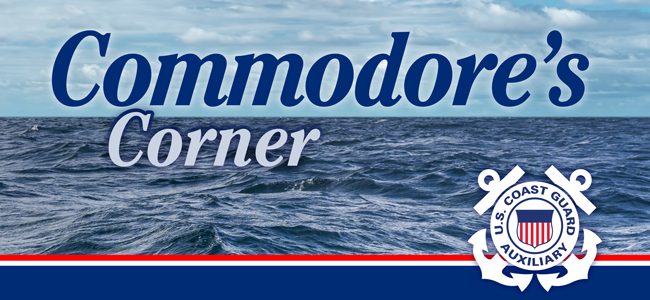Nearly 150 years ago, Captain Eldridge created the renowned Eldridge Tide and Pilot Book, the marine industry's most respected tide and current reference guide since 1874, capturing the most essential aspect of the Rules of the Road (COLREGs.) I have had one at the helm of my vessels since, well, I can't remember that far back.

Captain Eldridge has carried an old sea ditty that has captured the essence of avoiding collisions at sea.
The Poem
Here is what the Captain penned, and here is the dissection:
When all three lights I see ahead,
I turn to Starboard and show my Red. Rule 14!
Green to Green, Red to Red,
Perfect Safety – Go Ahead.
But if to Starboard Red appear,
It is my duty to keep clear – Rule 15(a)!
To act as judgment says is proper:
To Port or Starboard, Back or Stop her.
And if upon my Port is seen
A Steamer's Starboard light of Green, Rule 15(b)!
I hold my course and watch to see *
That Green to Port stays Clear of me.
Both in safety and in doubt
Always keep a good look out. Rule 5!
In danger, with no room to turn,
Ease her, Stop her, Go Astern.
Rule 13 - Overtaking
Bottom line, if you are overtaking another vessel, you are the Give-Way vessel. Here are three ways to tell who is whom:
- At night, you can see a white light and no red or green side lights. The white light is either an anchor light or it is the stern light. You are overtaking that vessel. Don't hit her!
- During the day, if at a distance you see an uninterrupted wake from one side of the boat to the other, you are overtaking her. If you see a break in the middle of the wake, you are not. (see rule 14 below!)
- When in doubt, assume you are the overtaking vessel and act accordingly.
Rule 14 – Head-On
When two vessels are on opposite compass courses, this is a problem. Here are 3 ways to tell what's what:
- At night, if you see three lights – red, green and a white light above them, you are definitely heading straight at each other.
- During the day, if at a distance you see an interrupted wake in the middle of the boat's aspect, you are very likely heading right at each other. That break is the bow cutting through the water.
- When in doubt, assume you are on reciprocal courses and act accordingly.
In this situation, both vessels are "Give-Way" and both are required, where conditions permit, to turn to starboard and open up a passing lane between them. Remember – take "early and substantial" action so that your maneuver is "telegraphed" to the other skipper.
Rule 15 – Crossing
When two vessels appear to be heading across each other's paths, this is by definition a crossing situation but how can you tell if you are actually on a collision course. Here are 3 ways who's who:
- At night, if you see a red light and a white light above it and trailing behind, you are crossing each other's path and she is the Stand-On vessel (red means stop!) You are thus the Give-Way. If you see a green and a white light above it and trailing behind, you have a crossing situation where you are the Stand-On vessel – but keep an eye on her always! During the day, you can obviously see if the vessel is crossing your path on your starboard side (you are Give-Way) or on your port side (you are Stand-On.)
- Mark the other boat's progress against something fixed on your boat – a cleat, a stanchion, the anchor – anything that is traveling with you. If the opposing boat continues to hover on or around that fixed mark as you both continue your course and speed, a collision is about to happen! If still in doubt, watch the land behind her. If she appears to be gaining on the land, she will pass ahead of you. If she seems to be falling back against the land, she will pass behind you. If the land is unchanged against her course over the water, sound collision alarm!
- When in doubt, assume you are on a collision course and act accordingly.
In this situation, the Give-Way vessel is, by preference, to turn to starboard (towards the Stand-On boat) and go behind her (go "under her stern"). Remember – take "early and substantial" action so that your maneuver is "telegraphed" to the other skipper.
Now, granted, you can't reduce an inch of regulations to 4 stanzas of poetry, completely, but these words are key to the essential elements of what the rules are all about – avoiding a collision at sea!
If you have questions on this column or you are interested in being part of USCG Forces, email me at JoinUSCGAux@aol.com or go directly to the US Coast Guard Auxiliary "Flotilla Finder" at http://www.cgaux.org/units.php and we will help you "get in this thing."












